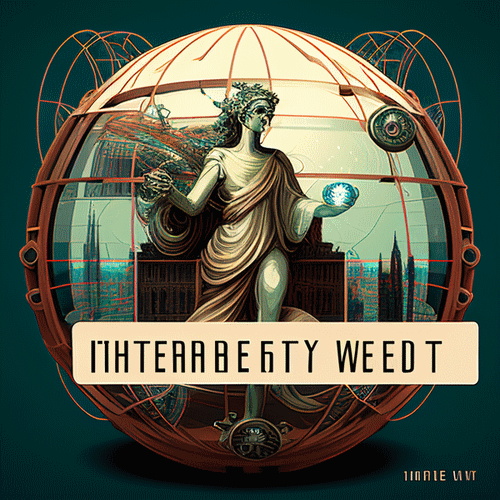Web 3.0, also known as the “decentralized web,” is the next evolution of the internet that aims to create a more open, transparent, and decentralized web. Unlike Web 2.0, which focused on social networking and user-generated content, Web 3.0 is built on blockchain technology, smart contracts, and decentralized applications (dApps).
The main goal of Web 3.0 is to create a more decentralized and democratic internet, where users have more control over their data and can interact with each other without relying on centralized platforms or intermediaries. With Web 3.0, users can own and control their data, and applications can run on decentralized networks, making it more secure, transparent, and accessible.
Some of the key features of Web 3.0 include:
- Decentralized architecture: Web 3.0 is built on decentralized networks like blockchain, which removes the need for intermediaries and makes the web more democratic.
- Interoperability: Web 3.0 allows different networks and platforms to interact with each other seamlessly, creating a more connected and efficient web.
- Smart contracts: Web 3.0 enables the use of smart contracts, which are self-executing contracts that automatically execute when certain conditions are met, making transactions more secure and efficient.
- Tokenization: Web 3.0 enables the use of tokens, which can represent assets, currencies, or other digital assets, making it easier to trade and exchange value on the web.
The future of Web 3.0 is exciting and promising, as it has the potential to create a more open, transparent, and decentralized internet that benefits everyone. With Web 3.0, users will have more control over their data, and developers will have new tools and opportunities to create innovative applications that can transform industries such as finance, healthcare, and supply chain management. Web 3.0 can also bring financial inclusion to millions of people who lack access to traditional banking services, by enabling peer-to-peer transactions and creating new forms of digital currency.
